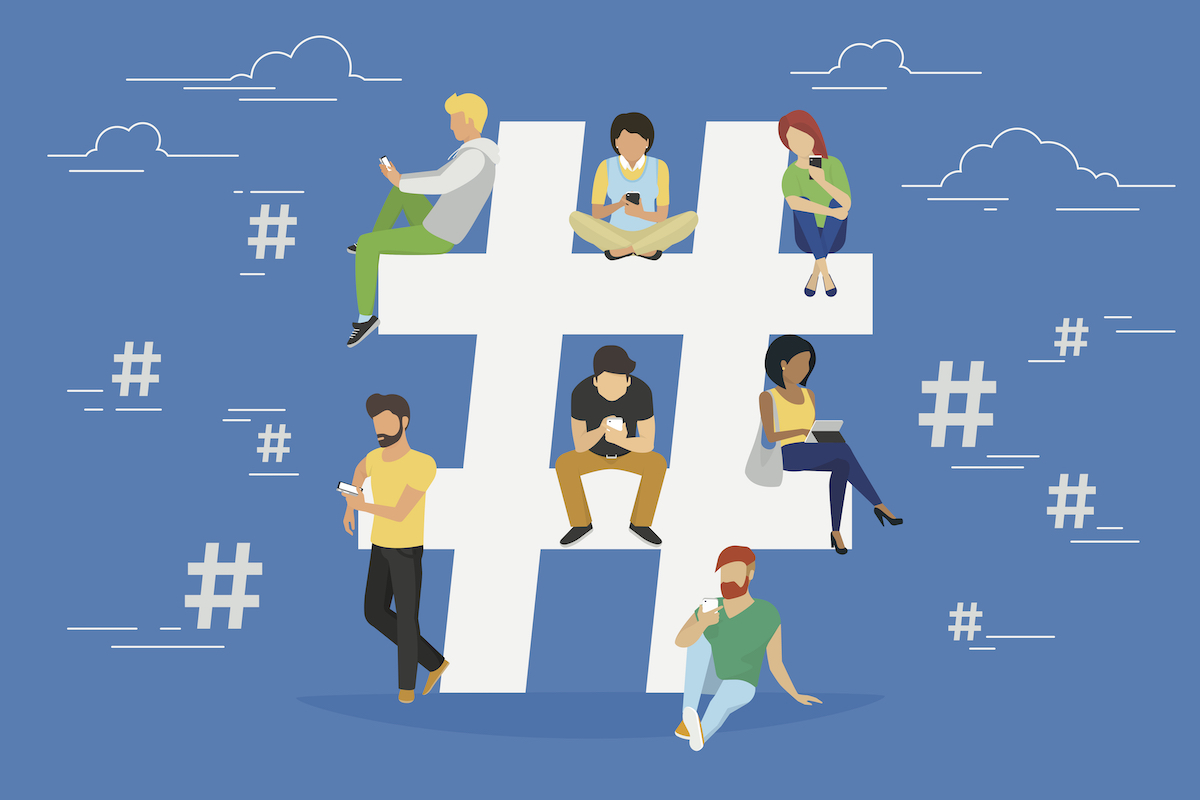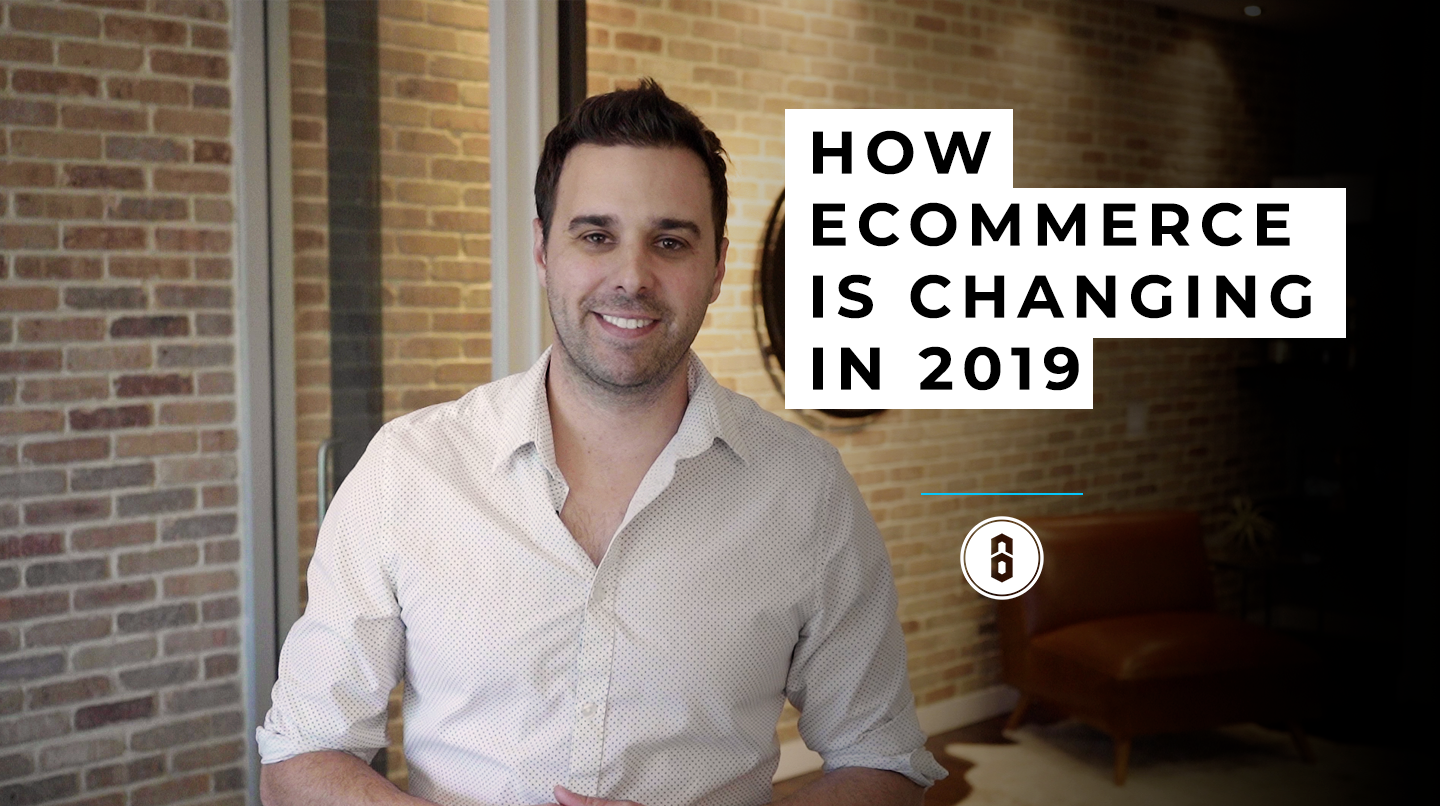7 Important Marketing Trends of the 2010s


By Melissa | Dec 23, 2019 (5 min read)
The 2010s will probably go down in history as the era when the world became obsessed with technology. When we all became surgically attached to our phones and obsessed with our social media selves.
But despite being the dawn of the age of narcissism, there have been a lot of amazing advancements that we were able to use to our advantage in business.
In this article, I wanted to share some of the biggest trends we have seen take hold and how they have affected our business and personal lives.
1) Social Media Advertising
Facebook launched its first social media platform in 2004, and it wasn’t until 2006 that they created their first ad campaign. The initial campaign was in partnership with Chase bank promoting credit cards, and soon after, they created the ad platform tools for businesses to promote via Facebook.
Youtube was the next to follow suit, with pre-roll ads becoming part of the platform in 2007. LinkedIn, Twitter, Pinterest soon added advertising to their platforms.
By 2010, ads had become the norm in our social media feeds. Instagram was purchased by Facebook in 2012 and began running advertising in 2013.
For business, advertising on Facebook and Instagram has become a big part of the core strategy. Over 6 million companies in the U.S. used Facebook for advertising in 2019.
Youtube now has a premium service that removes ads for viewers, so that they make money both from the ads themselves and also people paying to avoid them (genius!).
It took over ten years, but advertising on social media is now a normal thing. A lot of people might resent the ads or skip over them, but there’s no denying they are effective.
2) Video Live Streaming
In mid-2015, Facebook launched a new feature for the platform called Facebook Live. Although live-streaming had been pioneered by Periscope (owned by Twitter), it was soon adopted to Youtube, Facebook and Instagram.
Although the concept of live television had been around for decades, the ability for consumers to stream to their friends and followers was a huge innovation.
While there was some early controversy over the use of live streams that showed violence or criminal activity, for the most part, it has become a useful tool to connect in a more real way.
Live streaming through content platforms like Twitch has become incredibly popular during the past five years. The growth of streaming platforms offers a huge source of revenue, both for the content creators and companies who advertise through them.
On platforms such as Facebook, Instagram, and Youtube, there has been a steady growth of attention. In 2018, Facebook Live generated more than 2 Billion views.
As we move into the 2020s, it’s clear that live streaming content is here to stay. For companies that can find ways to connect with their audience through live content, this can be a huge advantage.
3) Influencer Marketing
Who knew that within this decade, we’d all have the potential to be walking, talking, brand advocates?
Thanks to the incredible popularity of Instagram over the past nine years, a new breed of social media users has appeared.
Instagram Influencers are a special kind of social media user who specializes in growing their following and using it to do paid promotions and sponsorships.
It might seem ridiculous that everyday people can become walking billboards, but the reality is that people want to watch other people live their life. And this means brands can also get in on the action by partnering to share and promote products and services.
Today, the social media Influencer market is responsible for an estimated $5-$10 Billion in sales each year. Each influencer has their unique audience, and some are very picky about what they will promote.
The other aspect of this nascent industry (if you can even label it an industry) is that it is tough to track results. While you can offer tracking codes with promotions, it’s difficult to know the widespread appeal of influencer based marketing.
4) Business as Entertainment
While the 2010s will remember Donald Trump for different reasons, it appears that back in 2004, he may have started a trend that became very popular in the 2010s.
During the 2010s, there has been a growing interest in the world of entrepreneurship. Television shows such as Shark Tank (launched in 2009) and The Profit (2014) have become a new medium of entertainment.
In the 1990s and early 2000s, business always had a stodgy image. The Apprentice launched back in 2004 and offered an entertaining and intriguing view of the business world. Throughout the 2000s, Steve Jobs and Richard Brandson emerged as rebellious entrepreneurs who started to change how the public viewed a successful business.
In 2012, we saw the beginnings of what would become the Gary Vee phenomenon. Vaynerchuk is an entrepreneur and motivational speaker who began documenting his daily business life with a videographer. Since 2015 he has shared ‘Daily Vee’ videos on Youtube and social media. His popularity as a new type of ‘cool’ entrepreneur has had a large impact on the culture of business during the past few years.
For marketing, this cultural fascination with business has some far-reaching consequences. CEOs such as Jeff Bezos, Mark Zuckerberg, and Tim Cook get as much (if not more) press exposure than celebrities today.
For smaller businesses, this is a significant trend to watch. Consumers today are more interested in the owners and teams that deliver the products and services they use.
5) Big Data Domination
Have you ever wondered how those recommendations on amazon are so accurate? How do they know what you like before you do?
It’s simple; they’re watching you. (Insert ominous music here).
The flipside of having access to so much information at our fingertips today is that we also provide a lot of data to companies. These companies can then use the data we provide them to create better products and streamline the way they run their business.
Big Data is a term that has been floating around for at least ten years (Roger Magoulas originally coined it). It is the collection and analysis of large scale data from consumers to help optimize the way businesses create products, distribute, and market.
This might sound incredibly boring, and in some ways, it is. But Big Data is responsible for changes in the medical field, security, and finance.
Using data to drive decisions is a new way of thinking and reacting to the market. Rather than simply use surveys or sales figures to drive how a company markets their products, there is now access to demographic data, buying behavior, and a myriad of other information.
6) Mobile-First Marketing
The worldwide obsession with phones has enormous consequences for business and marketing. It is estimated that in 2019 over 5 Billion people have cellphones. In the U.S., over 80% of consumers have a smartphone and use it daily. The average time spent on phones today is between 2-3 hours (which adds up to over 35 days a year!).
Without getting into the discussion of whether this is healthy or not, let’s just agree that the world has gone through a massive shift in behavior. And when it comes to business and marketing, this change has huge repercussions.
It used to be that ten years ago, all content was created for larger computer screens. But since the creation of the iPhone in 2007, the ability for people to access the web on their phones has changed things. The introduction of apps and mobile web-browsing means that all content (written, images, video, audio) are made both for the web and for smaller screens.
In early 2018, Google began rolling out changes to its algorithm that introduced Mobile-First Indexing. This meant that Google viewed the mobile version of a website as the primary version of the website.
For any business that wants to stay competitive, this is crucial to adapt to. All your online content (including landing pages) should look and operate well on mobile devices, just as well as it does on desktop.
7) Microtrends & Memes
In 2013, a new app emerged that would shift the way people consumed content. Vine was a video sharing app that allowed users to upload 6-second videos. At first, the concept seemed ridiculous. How could anybody create entertainment in such a small amount of time?
Over the next few years, it attracted over 200 Million users. Instagram soon followed suit by allowing 15-second videos to be published on the platform, as did Snapchat. Soon, short-form video content was part of most people’s social media feeds on a daily basis.
Even though Vine was discontinued in 2016, it had a significant impact on social media and marketing. This short-form content kicked off a new type of entertainment and shifted the behavior of a lot of younger consumers.
Today, meme culture and microtrends are a large part of social media. Twitter, in particular, is driven by current trending hashtags. The hugely popular app TikTok has combined lip-syncing music videos and micro-video content. As of late 2019, TikTok has attracted over 500 Million users worldwide.
Microtrends have even made their way into marketing and advertising. Companies such as Geico and Progressive Insurance have found that short-form humor is a great way to build brand recognition.
Moving into the future, businesses that can find a way to integrate trends and cultural references into their promotions and content may be able to benefit from the added exposure.
All these trends point to one important fact: the future is unpredictable. No matter what new technology comes along, the way humans will use it is always changing. As business owners and marketers, we must find ways to stay ahead of the curve. The best way to do that is to be open to testing out new platforms and adapting our approach to what works.
Ready to reinvent your marketing strategy in 2020? Brandastic is a digital marketing agency with offices in Orange County, Los Angeles, and Austin. We specialize in helping businesses grow their online presence and increase SEO and social media engagement. Contact us today to see how we can help your company grow.
Read More


